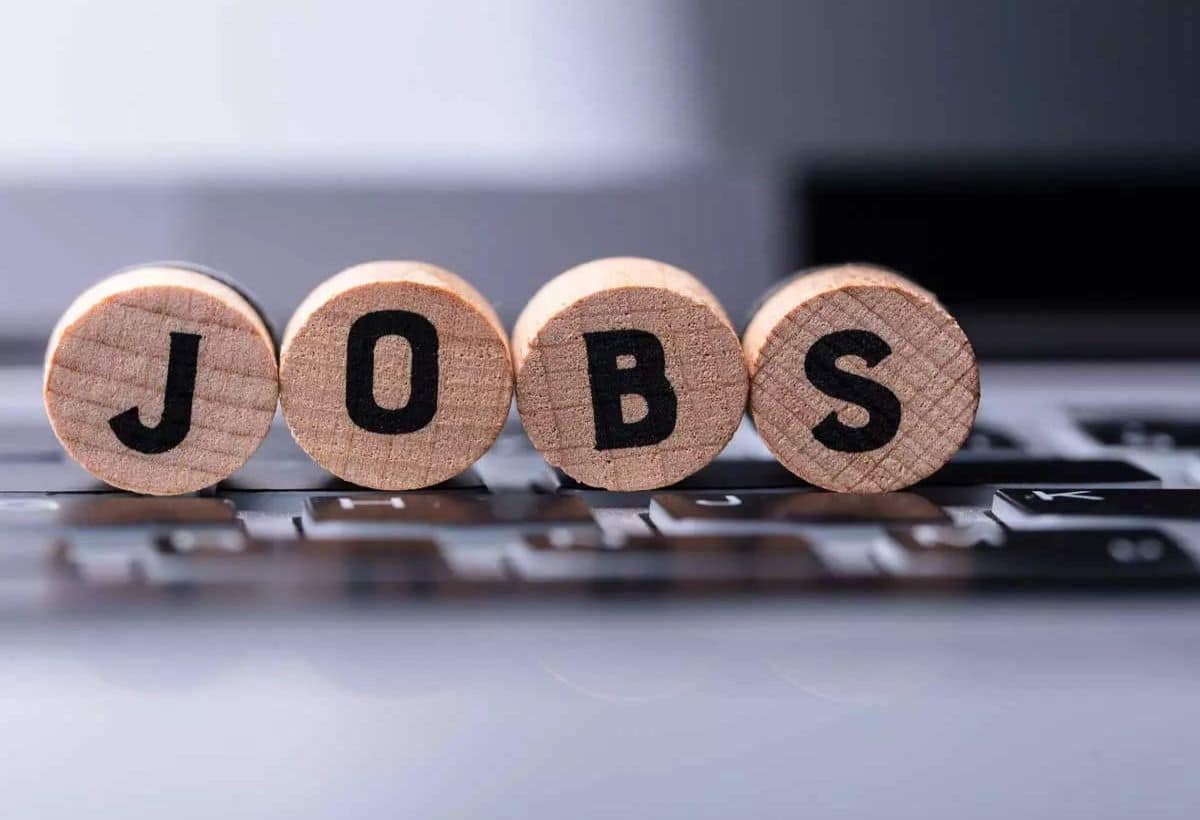In September, the United States witnessed a notable surge in job growth, with the unemployment rate decreasing to an impressive 4.1 percent. This positive trend has sparked discussions about the need for further interest rate cuts by the Federal Reserve. With two Federal Reserve meetings left this year, the labor market’s performance will play a crucial role in shaping their decisions. According to data released by the U.S. Department of Labor on October 4, non-farm payrolls increased by 254,000 jobs last month, compared to a revised figure of 159,000 for August.
Understanding Job Growth in America
Significance of Job Growth
Job growth is a vital indicator of economic health, reflecting the overall performance of various sectors within the economy. The increase in non-farm payrolls signifies robust hiring activity and indicates businesses’ confidence in economic stability. For workers, this translates to more employment opportunities, potentially leading to wage increases and improved living standards.
Factors Contributing to Job Growth
Several factors have contributed to this job growth in September:
- Economic Recovery: The U.S. economy has been gradually rebounding from the impacts of the pandemic, with consumer spending and business investments on the rise.
- Sectoral Expansion: Sectors such as healthcare, hospitality, and technology have seen substantial hiring, helping to fuel job creation across the board.
- Government Initiatives: Stimulus measures and public investment in infrastructure have played a pivotal role in fostering an environment conducive to job creation.
Unemployment Rate Trends
Current Unemployment Statistics
The drop in the unemployment rate to 4.1 percent reflects an increasingly competitive job market. This figure is a crucial reference point for policymakers and businesses alike, as a lower unemployment rate can lead to wage inflation and increased consumer spending, further invigorating the economy.
Impact of Unemployment Rate on Federal Reserve Decisions
The Federal Reserve closely monitors unemployment rates when making decisions about monetary policy. A consistent decline in unemployment may lead to the central bank re-evaluating its stance on interest rates. The potential for further cuts may stimulate economic activity, making borrowing cheaper and encouraging spending and investment.
Looking Ahead: Federal Reserve Meetings
Upcoming Federal Reserve Decisions
With two meetings left in the year, the Federal Reserve will have the opportunity to assess the employment data and economic conditions. Any adjustments to interest rates will depend on sustained job growth and inflationary trends. The balance between fostering growth while controlling inflation will remain a pivotal challenge for the Fed.
Conclusion
In conclusion, the job growth in September signals a positive trajectory for the U.S. economy, reinforcing the potential for further interest rate cuts by the Federal Reserve. As businesses continue to hire and the unemployment rate falls, the overall economic outlook remains optimistic, setting the stage for continued recovery and growth.
